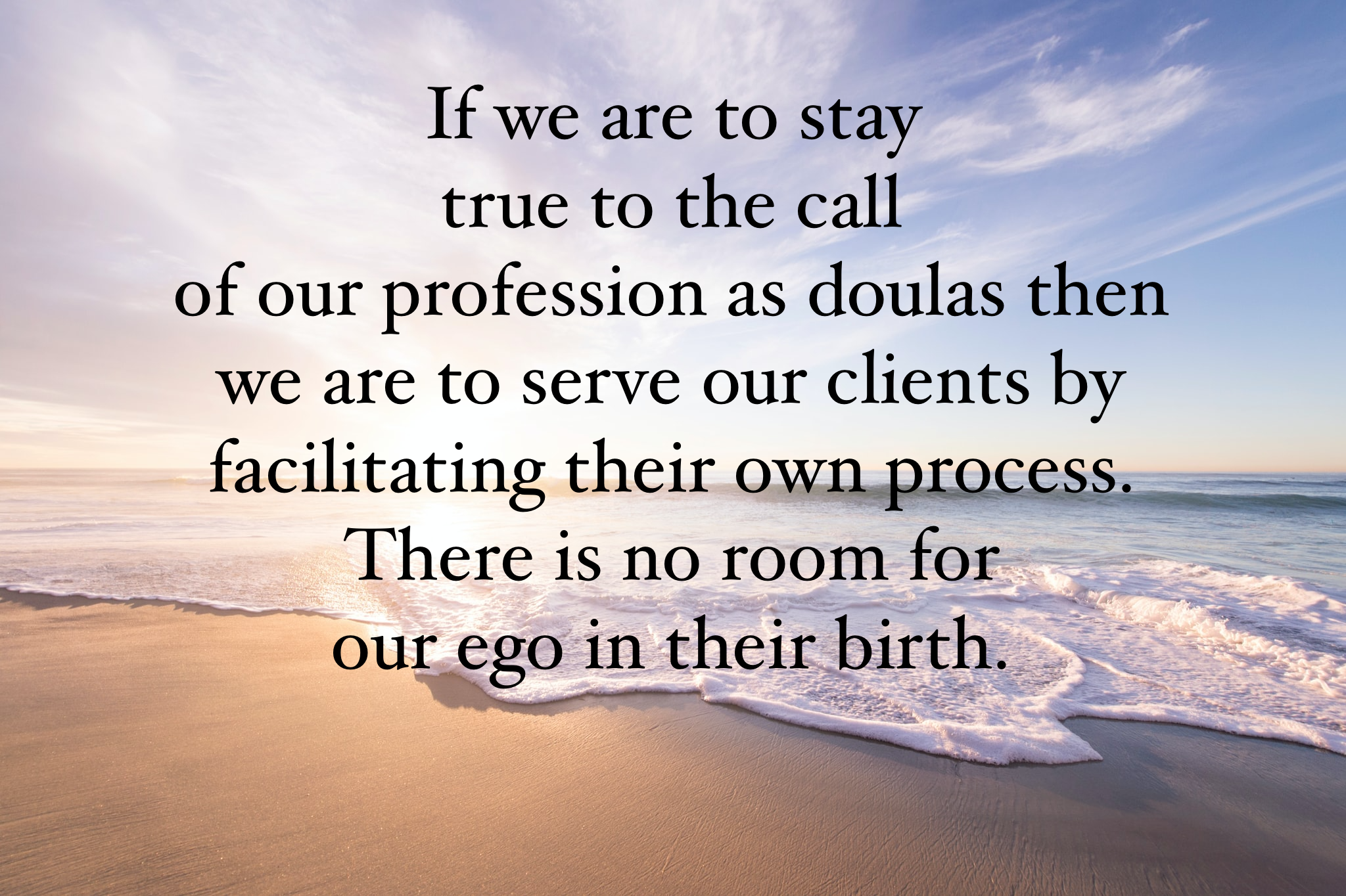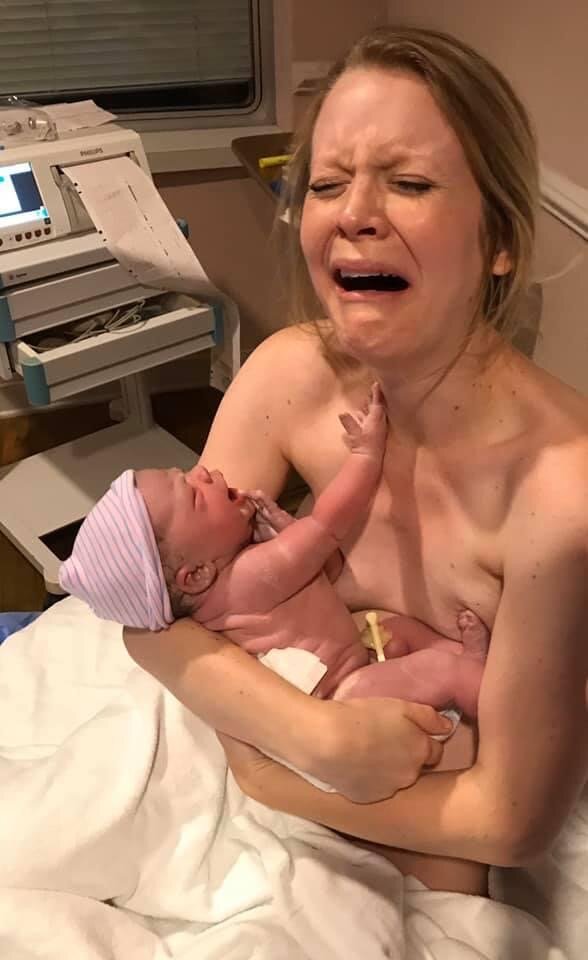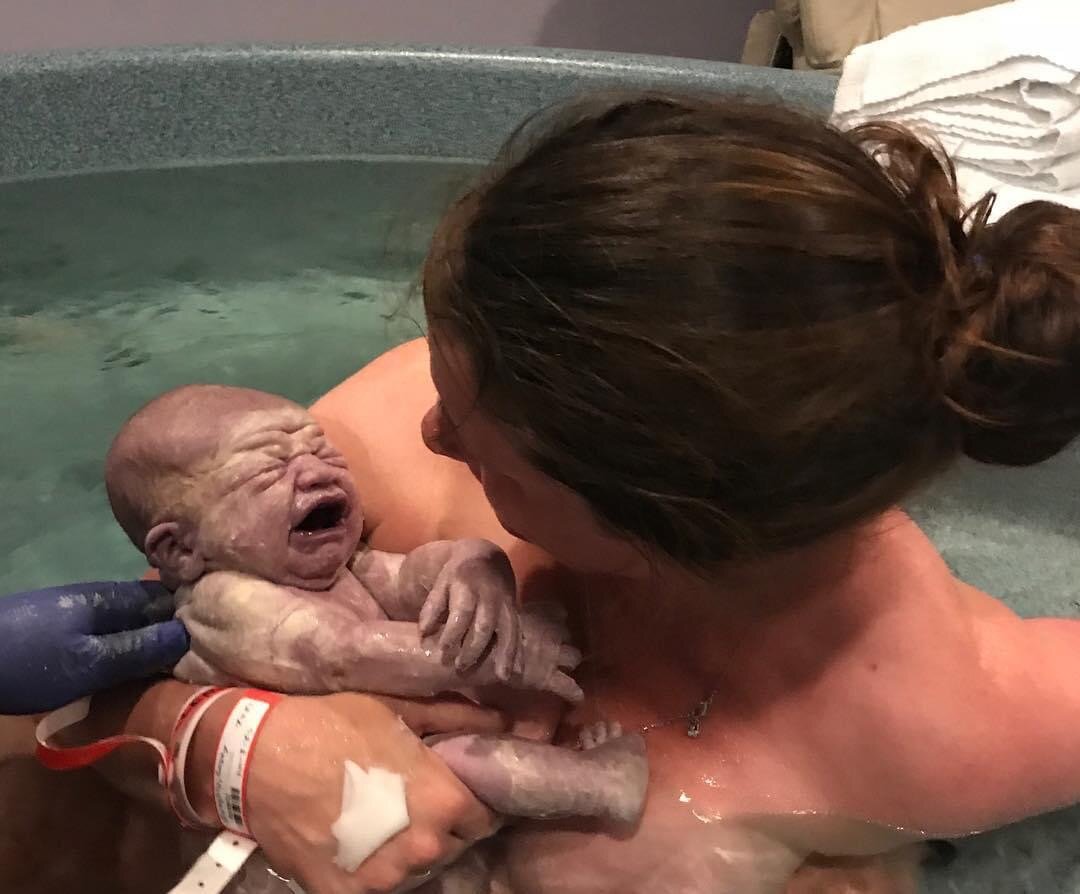In an effort to facilitate contacting hospital administrators to return doulas to the birth space, I have written a blanket letter for the intention of distributing as you see fit. Please copy and paste it and mail or email to those in leadership at the facility in which you have chosen to give birth. Feel free to make any changes you see fit. DONA International has also drafted a letter than can be forwarded on concurrently or separately. Whether you use my letter, DONA’s, or your own doesn’t matter. The more letters the better! Just reach out. If you are looking for more evidence, visit my previous blog post for links.
To Whom it May Concern:
First and foremost, I want to express my appreciation for your diligence in keeping your staff and patients safe during the COVID-19 pandemic. It is no small task, and as with any unprecedented outbreak, evidence and information is constantly being weighed to assess potential risks to your staff and patient population. However, my request to you addresses the safety of your patients and has evidence to back up the benefits to their experience in your facility. I am writing this letter to ask you to please reintegrate doulas into the birth space by acknowledging them as a member of the labor and birth team, not as a visitor subject to the hospital restrictions. At the time of this writing, several Hampton Roads hospitals permit doulas to be physically present in the labor and delivery room. Sentara Leigh and Riverside Regional have opened back up to doulas and Sentara Williamsburg never restricted them. Please consider following their lead to insure your patients receive the support they expect.
The Centers for Disease Control and Prevention’s guidelines on caring for a mother with COVID-19 recommend healthcare facilities follow, “infection control guidance on managing visitor access, including essential support persons for women in labor” (Interim Considerations for Infection Prevention and Control of Coronavirus Disease 2019 (COVID-19) in Inpatient Obstetric Healthcare Settings, February 2020). They go on to state, “If restriction of all visitors is implemented, facilities can consider exceptions based on end-of- life situations or when a visitor is essential for the patient’s emotional well-being and care.” Surely, labor and birth should be considered an experience in which a doula’s presence is essential for the patient’s emotional well-being.
The evidence is overwhelmingly in favor of the presence of a doula during birth, showing a significant improvement in birth outcomes for both mom and baby. A 2017 Cochrane review of 26 trials of continuous labor support and doula care involving over 15,000 women in 17 different countries in high and middle-income settings found many improved incomes for women and infants including: “increased spontaneous vaginal birth, shorter duration of labor, and decreased cesarean birth and instrumental vaginal birth, as well as a lower incidence of the use of any analgesia or regional analgesia, less likelihood of a low five-minute Apgar score and fewer negative feelings about childbirth experiences. We found no evidence of harms of continuous labour support.”(Continuous Support for Women in Childbirth, Cochrane Database Syst. Rev, July 6, 2020).
In an effort to improve outcomes and lower the rate of the primary cesarean, both ACOG and SMFM came together with a list of guidelines to that end. Using the evidence collected by the Cochrane review quoted above, they encourage the continuous presence of support personnel, such as a doula, due to evidence showing improved outcomes, including a lower rate for cesarean delivery. (Safe Prevention of the Primary Cesarean Delivery, American Journey of Obstetrics and Gynecology, March 2014).
And in a timely response to the Coronavirus, both DONA International and AWHONN made public statements in March 2020 about the vital role of the doula and how the doula should not be a visitor relegated to hospital restrictions, but rather considered an essential member of the birth team. (AWHONN Position Statement: Continuous Labor Support for Every Woman, Journal of Obstetric Gynecological and Neonatal Nursing, 47, 73-74; 2018). Nurses are not able to spend as much time with their patients as the doula can. And it is specifically that constant one-on-one presence that provides the benefits demonstrated by the numerous studies. In fact, with heightened vigilance and increased task load in response to COVID-19, nurses are busier than ever. Laboring women are also dealing with heightened fears and concerns giving birth in the pandemic. Their need for emotional support and attention is greater than average. Clearly the doula is more beneficial than ever, and more essential for every member of the birth team. The evidence in favor of a doula’s presence cannot be ignored.
It also bears mentioning that I have hired my doula to be present with me during my birth. She is contractually secured as part of my birth team. She is certified and has a skill set that she brings to the birth space, skills different and separate from those of the nurse, and skills that cannot be expressed the same virtually. The benefits conveyed by her steady one-on-one presence may be compromised in the virtual setting.
For all of these reasons, I respectfully urge you to reconsider integrating doulas into the birth space. With the benefits clearly stated in evidence and the strong desire by your patients for doula support, with adherence to personal responsibility and safety through PPE, frequent and thorough hand washing and sanitizing, I am confident you can see to it that doulas return to the labor and delivery room.
Thank you for your time and attention to this matter,
(Your name)
























